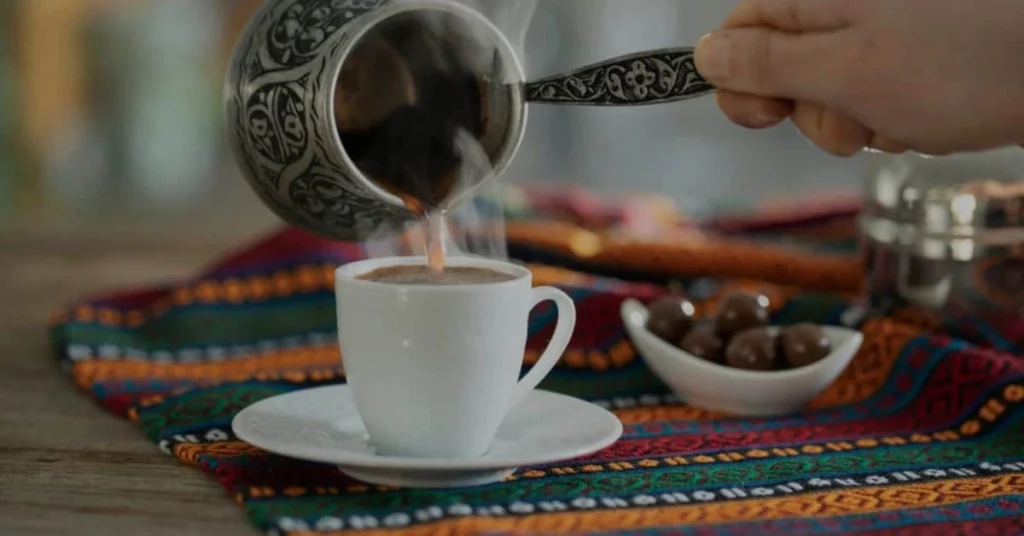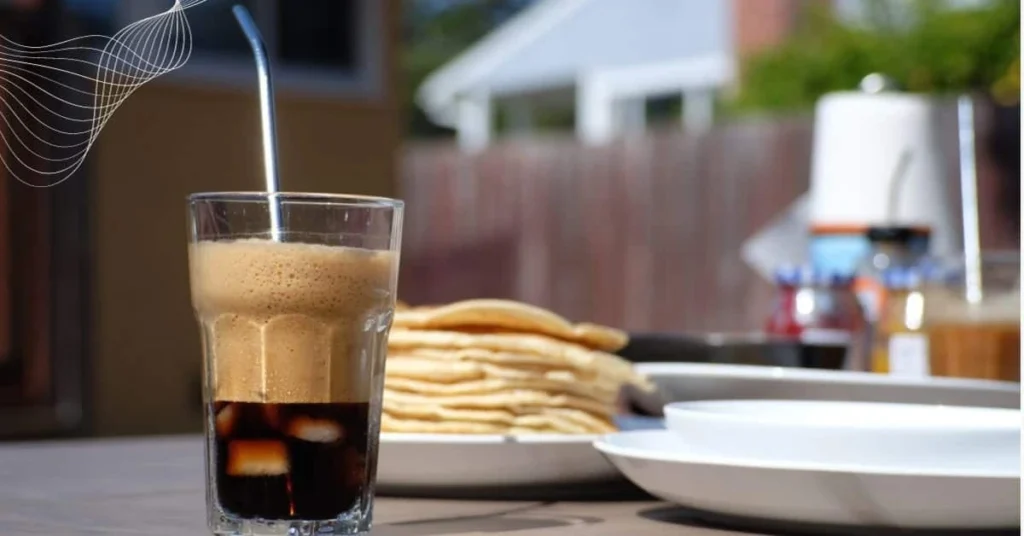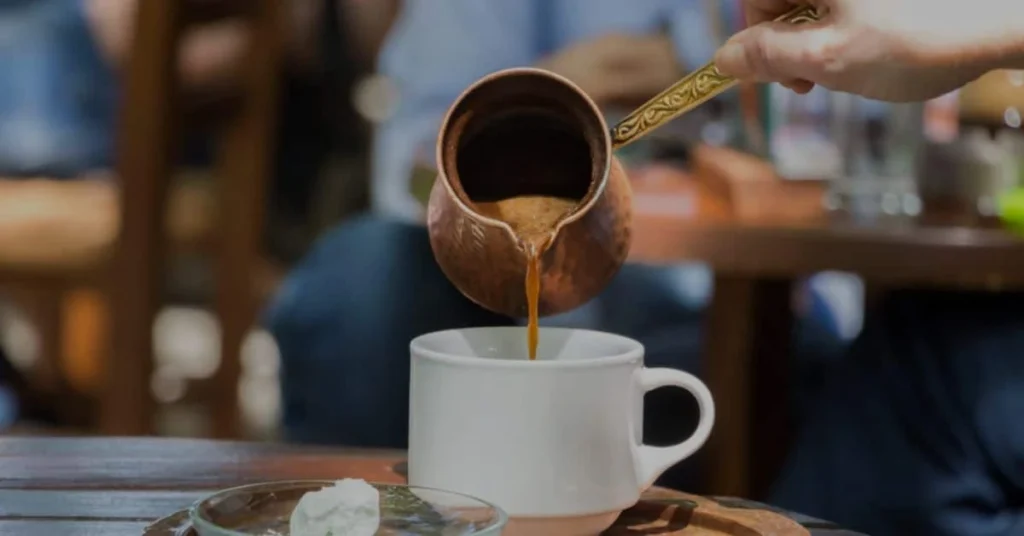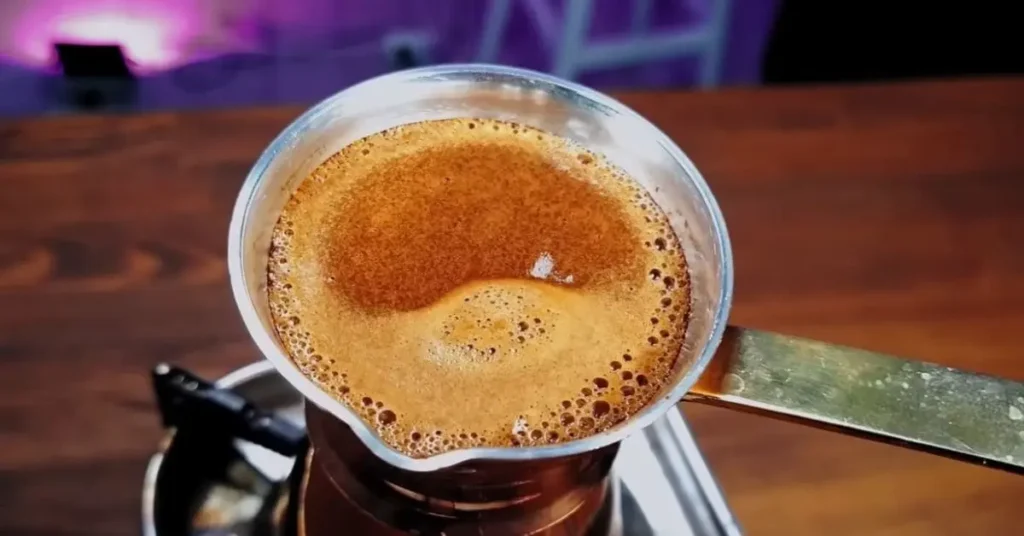Indonesia is a country that’s renowned for producing some of the world’s best coffee beans. From the bright, fruity flavors of Sumatra to the rich, full-bodied taste of Java, Indonesian coffee beans offer a unique experience that’s hard to match. However, selecting the right brewing technique is crucial to unlocking the full potential of these exceptional coffee beans.
In this article, we’ll explore the best brewing techniques for Indonesian coffee beans. Whether you’re a coffee enthusiast or a barista looking to expand your skills, this guide will provide you with the information you need to brew a delicious cup of Indonesian coffee.
Before we delve into the different brewing techniques, it’s important to understand the unique characteristics of Indonesian coffee beans. The country’s diverse geography and climate have contributed to a range of distinct coffee varieties that offer a broad spectrum of flavors and aromas. By understanding the nuances of Indonesian coffee beans, you’ll be better equipped to choose the right brewing method to highlight their unique qualities.
So, let’s get started and discover the best brewing techniques for Indonesian coffee beans!
Understanding Indonesian Coffee Beans
Indonesia is home to some of the most unique coffee beans in the world, with a diverse range of varieties that offer a broad spectrum of flavors and aromas. To understand the best brewing techniques for Indonesian coffee beans, it’s important to first understand their unique characteristics.
One of the key factors that contribute to the unique flavor profile of Indonesian coffee beans is their processing method. Most Indonesian coffee beans are processed using the wet-hulled method, which involves removing the outer skin and some of the pulp from the coffee cherry before drying the beans. This process creates a distinct flavor profile that’s often characterized by low acidity and a heavy body, with notes of chocolate and earthiness.
Another factor that contributes to the unique flavor of Indonesian coffee beans is the country’s diverse geography and climate. Indonesia is home to a range of volcanic soils, high altitudes, and tropical climates, which all contribute to the unique flavor profile of coffee beans. For example, Sumatra coffee beans are known for their bright, fruity flavors, while Sulawesi coffee beans are known for their earthy and spicy notes.
It’s also worth noting that the origin of Indonesian coffee beans can have a significant impact on their flavor profile. For example, coffee beans grown on the island of Java are often characterized by their full-bodied taste and subtle acidity, while coffee beans from Bali are known for their light, fruity flavor.
Best Brewing Techniques for Indonesian Coffee Beans
Now that we’ve covered the unique characteristics of Indonesian coffee beans, let’s explore the best brewing techniques to highlight their distinct flavors and aromas.
1. Pour-Over Method
The pour-over method is a popular brewing technique for Indonesian coffee beans. This method involves pouring hot water over coffee grounds in a filter, allowing the water to slowly drip through the grounds and into a cup or carafe. The slow drip allows for a more controlled extraction, resulting in a clean and balanced cup of coffee that highlights the unique flavor notes of the beans.
To use the pour-over method for Indonesian coffee beans, start by grinding the beans to a medium-coarse consistency. Place the grounds in a filter and pour hot water (between 195-205°F) over the grounds, making sure to saturate them evenly. Allow the water to drip through the grounds and into your cup or carafe, and enjoy!
2. French Press Method
The French press method is another popular brewing technique for Indonesian coffee beans. This method involves steeping coffee grounds in hot water for several minutes before plunging a mesh filter to separate the grounds from the liquid. This method results in a full-bodied and flavorful cup of coffee that highlights the earthy and chocolate notes of Indonesian coffee beans.
To use the French press method for Indonesian coffee beans, start by grinding the beans to a coarse consistency. Add the grounds to the French press, and pour hot water (between 195-205°F) over the grounds. Allow the coffee to steep for 4-5 minutes, then slowly press down on the filter to separate the grounds from the liquid. Pour the coffee into your cup and enjoy!
3. Espresso Method
The espresso method is a popular brewing technique for coffee lovers who prefer a more concentrated and bold cup of coffee. To make espresso with Indonesian coffee beans, start by grinding the beans to a fine consistency. Pack the grounds tightly into an espresso machine portafilter, and extract the coffee under high pressure.
The result is a rich and bold shot of espresso that highlights the earthy and chocolate notes of Indonesian coffee beans. This method is ideal for those who prefer a quick and intense cup of coffee.
4. Cold Brew Method
Finally, the cold brew method is a great option for those who prefer a smooth and refreshing cup of coffee. To make a cold brew with Indonesian coffee beans, start by grinding the beans to a coarse consistency. Add the grounds to a cold brew maker or jar, and fill it with cold water. Allow the coffee to steep in the fridge for 12-24 hours, then strain out the grounds.
The result is a smooth and slightly sweet cup of coffee that’s perfect for hot summer days. The cold brew method also highlights the fruity and floral notes of Indonesian coffee beans.
Tips for Selecting and Storing Indonesian Coffee Beans
Selecting and storing your coffee beans properly can make a big difference in the quality of your coffee. Here are some tips to keep in mind when choosing and storing Indonesian coffee beans:
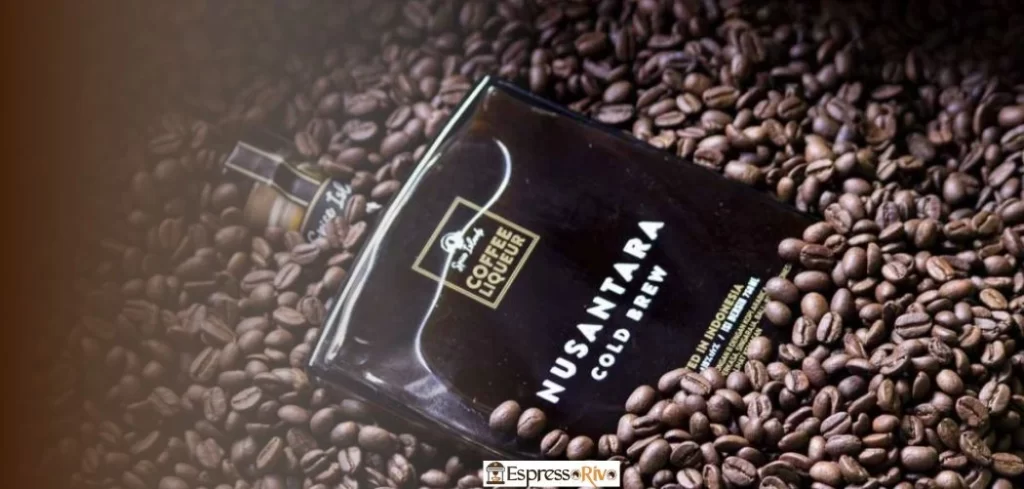
1. Look for high-quality beans
When selecting Indonesian coffee beans, look for beans that are grown at high altitudes and processed using the wet-hulling method. This method removes the outer layer of the coffee cherry while the beans are still wet, resulting in a unique flavor profile. Look for beans that are labeled “single origin” to ensure that they come from a specific region and haven’t been blended with beans from other regions.
2. Buy freshly roasted beans
To ensure that your best coffee beans are as fresh as possible, look for beans that have been roasted within the past two weeks. Freshly roasted beans will have a more vibrant flavor and aroma than beans that have been sitting on a shelf for several months.
3. Store beans properly
Store them in an airtight container in a cool, dark place. Avoid storing them in the fridge or freezer, as moisture and odors can affect the flavor of the beans. Also, don’t store your beans in the container they came in, as the packaging is often not airtight enough to preserve the freshness of the beans.
4. Grind your beans just before brewing
For the best flavor, grind your beans just before brewing. This will ensure that the oils and aromas in the beans are at their peak when you brew your coffee. Use a burr grinder to ensure a consistent grind size, which will result in a more even extraction.
With these tips, you’ll be able to select and store your Indonesian coffee beans properly, resulting in a delicious and flavorful cup of coffee every time. Remember to look for high-quality, single-origin beans that have been freshly roasted and stored properly, and to grind your beans just before brewing for the best possible flavor.
Conclusion
Indonesian coffee beans are known for their unique and complex flavor profiles, making them a popular choice among coffee lovers. To get the most out of these beans, it’s important to understand their characteristics and use the right brewing techniques.
Selecting high-quality beans, experimenting with different brewing methods, and following proper storage techniques, you can enjoy a delicious and satisfying cup of Indonesian coffee every time. Remember, the key is to find the brewing method that works best for your personal taste preferences.
So, whether you prefer a classic drip coffee or a more complex pour-over, don’t be afraid to try new techniques and explore the world of Indonesian coffee. With a little experimentation and a lot of love for this unique and delicious bean, you’re sure to find your perfect cup of coffee.
Ronsil
Meet Ronsil, the master barista behind EspressoRivo. With years of experience in the coffee industry, he brings a wealth of knowledge and passion to the table. As the owner of a successful coffee shop, Ronsil is a sought-after adviser in the field. His expertise and love for the craft shines through in every cup he serves. We are honored to have him as part of our team at EspressoRivo
